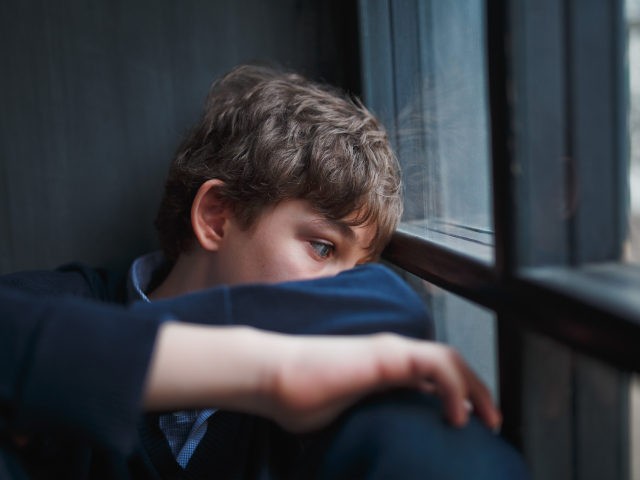Young adults under 30 and people in lower-income households report being lonelier than those in other groups, although the share of American adults who report being lonely has been declining since early 2021, a new Gallup News survey found.
Nearly a quarter of young adults and 27 percent of people in lower-income households suffer higher levels of daily loneliness than older people and higher-income adults, according to the survey. Those percentages are down from December 2020, when 38 percent of young adults and 42 percent of lower-income adults reported being lonely. The survey considered households earning less than $24,000 per year low-income.
Gallup News said the “steeper decline in reported loneliness since 2020 among young and lower-income adults than among their oldest and richest counterparts suggests that the pandemic disproportionately heightened loneliness for these groups.”
The survey report elaborated:
The reduction in social time generally due to COVID-era public policy likely accounts for some of this, but also younger and lower-income workers were disproportionately likely to be part of the 22 million who lost their jobs and would no longer have professional interactions with their coworkers. Older and higher-income adults, in turn, are also more likely to be in professional jobs that routinely involve online collaboration with coworkers, with the potential effect of mitigating loneliness during work-from-home periods of the pandemic.
Gallup also explained that young adults and lower-income earners are more likely to be single compared to older, higher-income earners who are more likely to be married and have children — “two factors that can mitigate loneliness.” Young adults “also need more social time to boost their mood,” and “experiencing sadness and worry, which are closely related to loneliness, are highest for those under 30 and those with lower income levels.”
Overall, 17 percent of U.S. adults reported that they felt lonely “a lot of the day yesterday,” down from 25 percent in March 2021. That 17 percent “represents an estimated 44 million American adults who are experiencing significant loneliness.”
“The decline in reports of loneliness largely coincides with the COVID-19 vaccine era, when social distancing and isolation protocols became less common,” the survey report states.
Interestingly, the survey found that Americans who live in the most sparsely populated areas are also the least likely to feel loneliness. Gallup News says less loneliness in rural populations is likely because they have higher marriage and birth rates than urban populations.
“Those who live in big cities are the most likely to report a lot of loneliness the prior day, significantly higher than those in rural areas (20 percent versus 12 percent, respectively). Respondents living in small towns (18 percent) and suburbs of big cities (17 percent) are near the national rate,” the survey found.
Gallup News conducted the survey from Feb. 21-28, 2023, with 5,167 adults in the United States. For results based on this sample of national adults, the margin of sampling error is about ±1.7 percentage points for percentages around 50 percent and about ±1.3 percentage points for percentages near 10 percent or 90 percent at the 95 percent confidence level.
Survey: The Loneliest Americans are Young Adults, Low-Income Earners




